The EU’s proposals do not match its words on tech overregulation
Talk of red tape’s adverse effects on European tech is becoming popular in Brussels. EU's policymakers hailed former ECB Chief Mario Draghi’s report and subsequent comments on European lack of competitiveness in the tech sector.
Talk of red tape’s adverse effects on European tech is becoming popular in Brussels. EU's policymakers hailed former European Central Bank Chief Mario Draghi’s September 2024 report and subsequent comments on European lack of competitiveness in the tech sector and the need to remove onerous regulatory barriers stifling the industry.
Ursula von der Leyen’s “Political guidelines for the next European Commission 2024-2029” prominently features a promise to “make business easier and faster in Europe” by focusing on simplifying implementation, installing a so-called “28th regime” for regulation in the form of a harmonized set of EU-wide rules, and tailoring competitiveness requirements to be more proportionate for small and medium companies.
The EU Council’s Agenda for 2024-2029 seems like the perfect distillation for a change of heart since it is generically committed to “promoting innovation and a business-friendly environment” and “simplify, accelerate and digitize administrative procedures, including permitting, to meet the needs of a modern, dynamic and consumer-friendly investment environment”.
However, words are one thing, and actions are another. A closer look at the suggested measures and the bloc’s plans (from extending telecom rules to digital service providers to updating consumer protection laws) shows that the supposed solutions do not match the actions (at least, not yet).
The governance Catch-22
Take the simplification measures put forward by von der Leyen to streamline cross-institutional cooperation. An “Interinstitutional agreement on simplification and better law-making” certainly sounds like a measure that would reduce transaction costs, particularly decision-making efforts, across institutions. Yet it involves a desire to stress-test the entire EU acquis (the whole body of the Union laws), a plan to enlarge the Commission’s powers with another portfolio, “a Vice-President for Implementation, Simplification, and Interinstitutional Relations”, a new category of small midcap firms, and a requirement for each Commissioner to submit an “annual progress report for their respective European Parliament Committee and Council formation”.
It does not take a public choice economics background to understand that verifying the entire acquis communitaire, creating new bureaucratic positions, identifying and classifying firms (rather than trusting them to do so themselves), and writing annual progress reports all presuppose more resources for evaluation, more rules for novel categories, and more personnel for assessments at each step of the way. When the EU proposes an entire extra layer of regulations to cut down on individual regulations, it has only become a parody of its worst self.
Vague and contradictory policies continue to strangle tech
Despite claiming that implementation matters more than ever, neither the Council’s Agenda nor von der Leyen’s guidelines explain how Single Market harmonization is supposed to work. Businesses must make do and guess what “a new momentum to complete the Single Market” might mean. They are somehow expected to plan for the “gamechanger for our productivity and competitiveness”, and “Our greatest asset in that endeavor is the Single Market, the long-term engine of prosperity and convergence that enables economies of scale”.
Yes, coordination failures can often hamper access to data when different countries have conflicting rules around information management and storage and some refuse to disclose any data for other states and companies to use. This situation leaves fewer opportunities for European tech companies to discover and invest in, consequently dragging productivity and growth down from where they could be.
Equally valid, though, is that having a plurality of jurisdictions allows for necessary trial and error in regulatory policy. Experimentation and comparisons are not just crucial for regulatory sandboxes; under current arrangements, EU countries can look at their fellow member states as examples of what works in terms of rules while avoiding those that do not. A nimble and open Single market would truly be ideal; on the other hand, a Single Market that is weighted down by further red tape would be worse than this status quo. Repeating the "harmonization" mantra is not a regulatory silver bullet.
On the contrary, signs point toward more regulations than ever at the EU level. Kai Zenner, J. Scott Marcus, and Kamil Sekut have assembled the third edition of a database comprising all tech laws adopted in the last five years (2019-2024). To put things into perspective, these years have seen the arrival of landmark regulations such as the Digital Markets Act, the Digital Services Act, the Data Act, the Artificial Intelligence Act, and the Data Governance Act. Moreover, up-and-coming laws like the Green Data Act only add ulterior objectives like sustainability into digital infrastructure for businesses to comply with.
Conclusions – less talk, more substance
Instead of complicating the already bloated web of institutions and roles involved, cutting red tape would mean offering more substantive policies for cross-country coordination like the European Health Data Spaces, though expanded to benefit the wider private sector beyond researchers.
Another true transformation would be to change from a mission-led list of objectives to contemplating severe questions about promoting academic and non-academic innovation clusters across the Union and a slimmer tax regime that incentivizes capital investment rather than seeing it as a threat. Both the industry and the public administrations face high time and resource costs in implementing already adopted regulations - it’s important that the next College of Commissioners act on the principle of cutting red tape too - making sure that regulations are not an end in itself.







